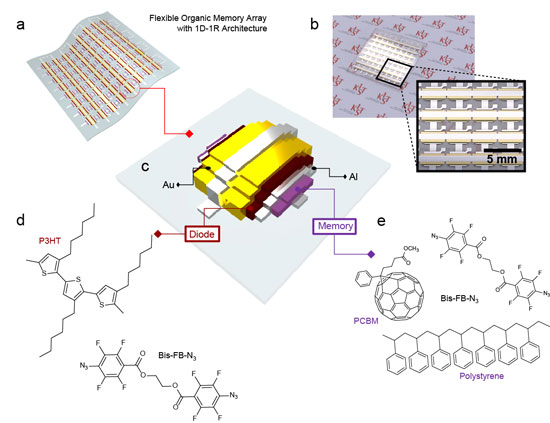 Researchers developed bendable organic carbon nanomaterial compound-based 64bit memory which shows improved data performance by limiting the direction of electric currents.
Researchers developed bendable organic carbon nanomaterial compound-based 64bit memory which shows improved data performance by limiting the direction of electric currents.
Feb 18th, 2014
Read more
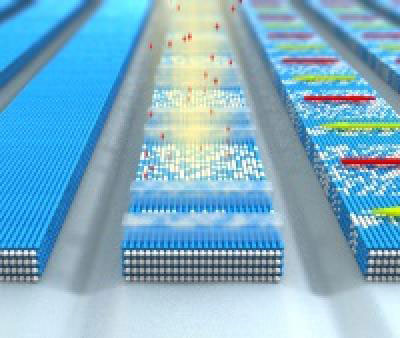 Researchers have tested a new approach to fabricating spin valves. Using ion beams, the researchers have succeeded in structuring an iron aluminium alloy in such a way as to subdivide the material into individually magnetizable regions at the nanometer scale. The prepared alloy is thus able to function as a spin valve, which is of great interest as a candidate component for use in spintronics.
Researchers have tested a new approach to fabricating spin valves. Using ion beams, the researchers have succeeded in structuring an iron aluminium alloy in such a way as to subdivide the material into individually magnetizable regions at the nanometer scale. The prepared alloy is thus able to function as a spin valve, which is of great interest as a candidate component for use in spintronics.
Feb 18th, 2014
Read more
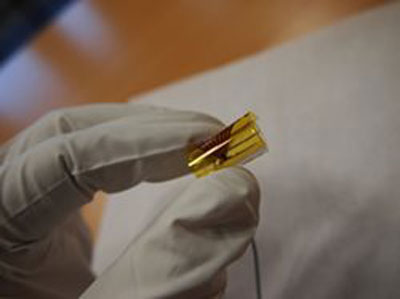 These new interconnections, made of a rubbery transparent material called PDMS (poly-dimethylsiloxane), guide light along their path even when stretched up to 30% and when bent around an object the diameter of a human finger.
These new interconnections, made of a rubbery transparent material called PDMS (poly-dimethylsiloxane), guide light along their path even when stretched up to 30% and when bent around an object the diameter of a human finger.
Feb 18th, 2014
Read more
Clemson University researchers have developed nanoparticles that can deliver drugs targeting damaged arteries, a non-invasive method to fight heart disease.
Feb 18th, 2014
Read more
 Scientists simulated the physical and chemical dynamics of dissolved ions in water at the atomic level as it corrodes metal oxide surfaces.
Scientists simulated the physical and chemical dynamics of dissolved ions in water at the atomic level as it corrodes metal oxide surfaces.
Feb 18th, 2014
Read more
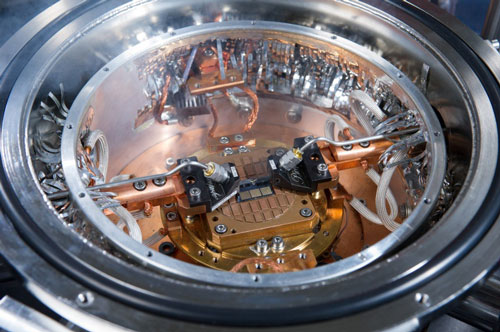 A research collaboration consisting of IHP-Innovations for High Performance Microelectronics in Germany and the Georgia Institute of Technology has demonstrated the world's fastest silicon-based device to date.
A research collaboration consisting of IHP-Innovations for High Performance Microelectronics in Germany and the Georgia Institute of Technology has demonstrated the world's fastest silicon-based device to date.
Feb 18th, 2014
Read more
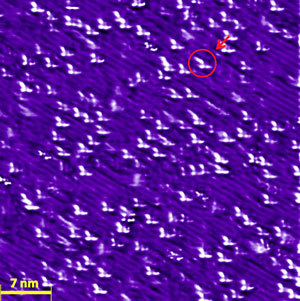 Nearly 30 years after the discovery of high-temperature superconductivity, many questions remain, but an Oak Ridge National Laboratory team is providing insight that could lead to better superconductors.
Nearly 30 years after the discovery of high-temperature superconductivity, many questions remain, but an Oak Ridge National Laboratory team is providing insight that could lead to better superconductors.
Feb 18th, 2014
Read more
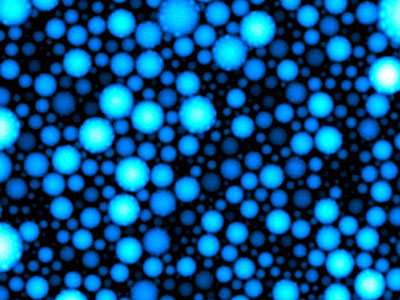 In the future, an entire chemistry lab could be accommodated in a tiny little droplet. While simple reactions already work in these simplest models of an artificial cell now a group of scientists of the Cluster of Excellence Nanosystems Initiative Munich (NIM) have established and investigated for the first time a complex biochemical system. They discovered a surprising diversity.
In the future, an entire chemistry lab could be accommodated in a tiny little droplet. While simple reactions already work in these simplest models of an artificial cell now a group of scientists of the Cluster of Excellence Nanosystems Initiative Munich (NIM) have established and investigated for the first time a complex biochemical system. They discovered a surprising diversity.
Feb 18th, 2014
Read more
 With an output power above 10dBm, the transmitter front-end paves the way towards full radar-on-chip solutions for automotive and smart environment applications.
With an output power above 10dBm, the transmitter front-end paves the way towards full radar-on-chip solutions for automotive and smart environment applications.
Feb 18th, 2014
Read more
 Researchers have developed a method to construct a series of soft nanoporous metal-organic framework (MOF) materials by polycatenation of an isoreticular 1D ribbon of rings, and systematically functionalize the pore metrics.
Researchers have developed a method to construct a series of soft nanoporous metal-organic framework (MOF) materials by polycatenation of an isoreticular 1D ribbon of rings, and systematically functionalize the pore metrics.
Feb 18th, 2014
Read more
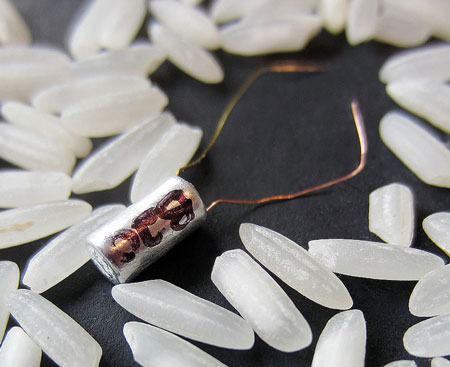 Device stores twice the energy of microbatteries currently used in transmitters.
Device stores twice the energy of microbatteries currently used in transmitters.
Feb 18th, 2014
Read more
Researchers have come up with a novel way which may allow long-lasting implants. They propose coating implants with a catalyst that uses the patient's own blood to make an anticoagulant called nitroxyl.
Feb 18th, 2014
Read more
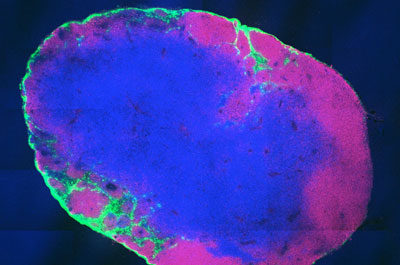 New vaccines that catch a ride to immune cell depots could help fight cancer and HIV.
New vaccines that catch a ride to immune cell depots could help fight cancer and HIV.
Feb 18th, 2014
Read more
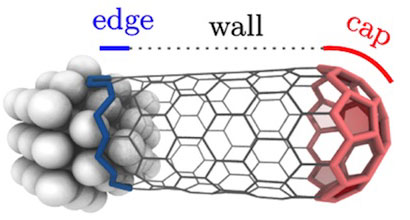 New study narrows the possibilities for gaining control of nanotube type.
New study narrows the possibilities for gaining control of nanotube type.
Feb 17th, 2014
Read more
 Researchers of the University of Twente's MESA+ research institute have developed spiral ribbons made of molecules, that are able to convert light into complex macroscopic motion. Therefore, they managed to amplify molecular motion and translate it to the macroscopic world.
Researchers of the University of Twente's MESA+ research institute have developed spiral ribbons made of molecules, that are able to convert light into complex macroscopic motion. Therefore, they managed to amplify molecular motion and translate it to the macroscopic world.
Feb 17th, 2014
Read more
One factor that makes glioblastoma cancers so difficult to treat is that malignant cells from the tumors spread throughout the brain by following nerve fibers and blood vessels to invade new locations. Now, researchers have learned to hijack this migratory mechanism, turning it against the cancer by using a film of nanofibers thinner than human hair to lure tumor cells away.
Feb 16th, 2014
Read more
 Researchers developed bendable organic carbon nanomaterial compound-based 64bit memory which shows improved data performance by limiting the direction of electric currents.
Researchers developed bendable organic carbon nanomaterial compound-based 64bit memory which shows improved data performance by limiting the direction of electric currents.












 Subscribe to our Nanotechnology News feed
Subscribe to our Nanotechnology News feed